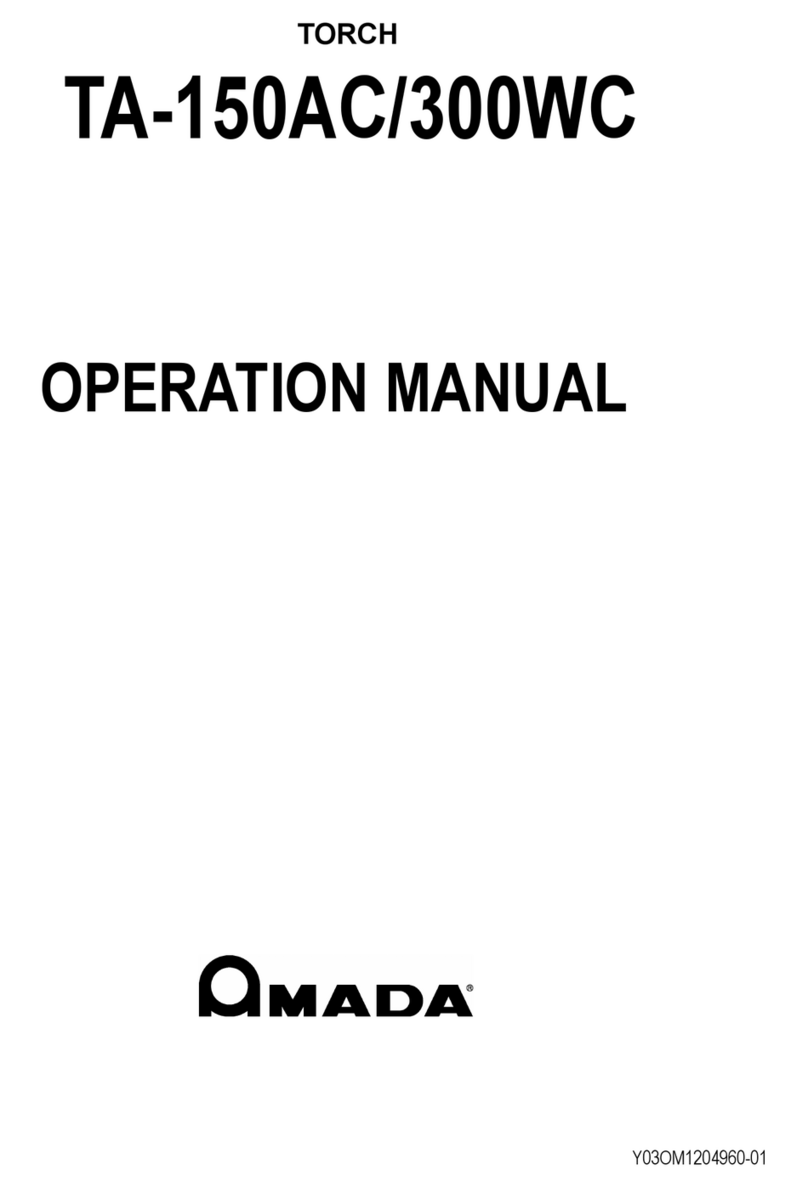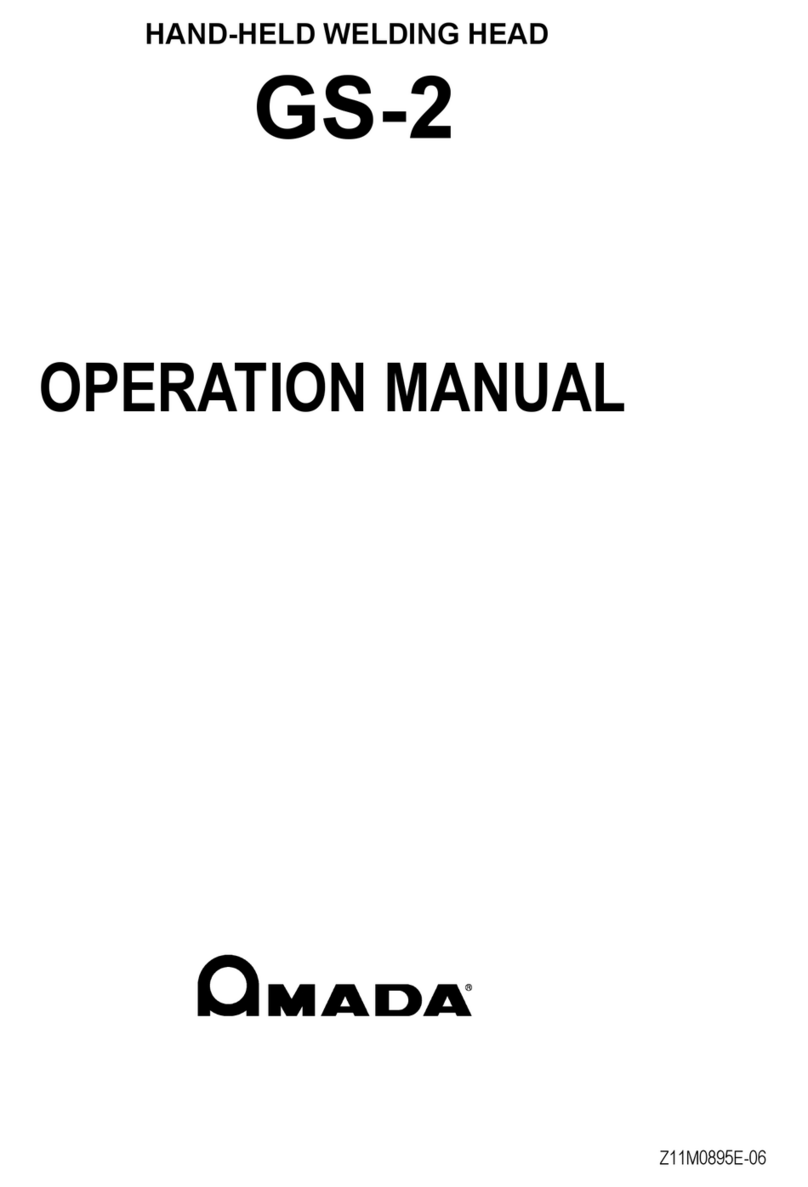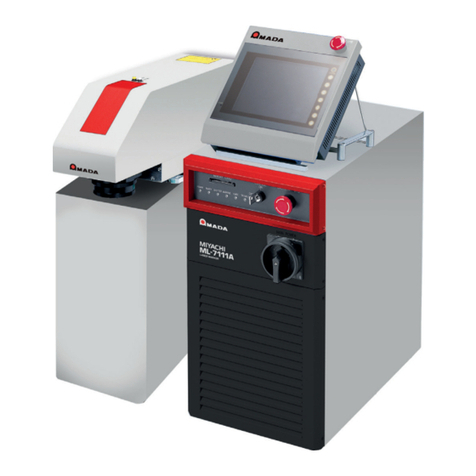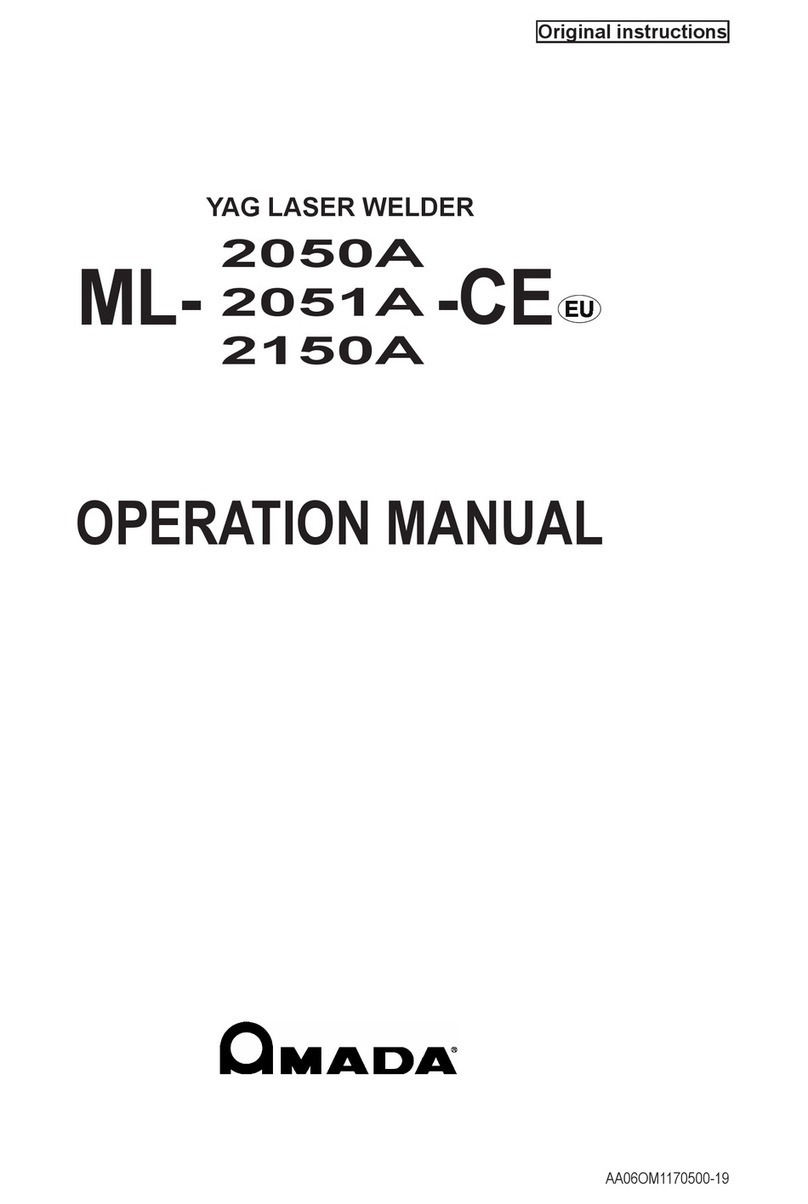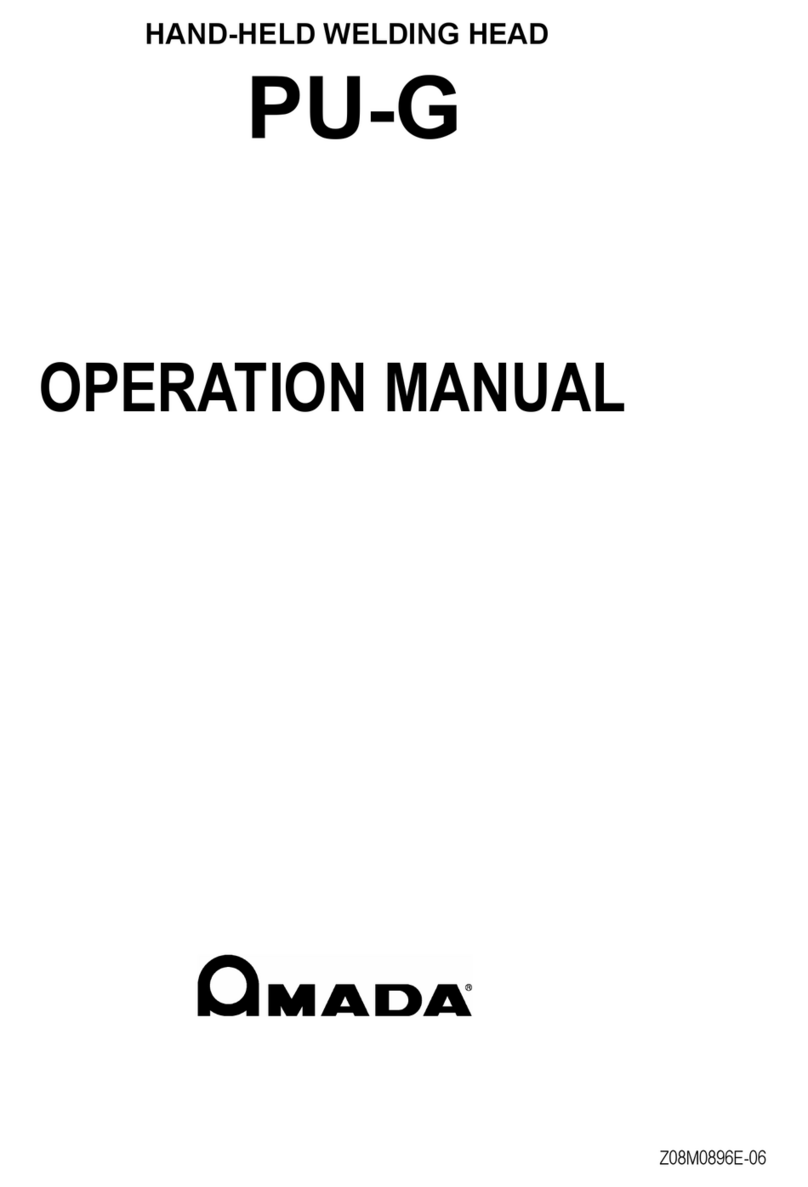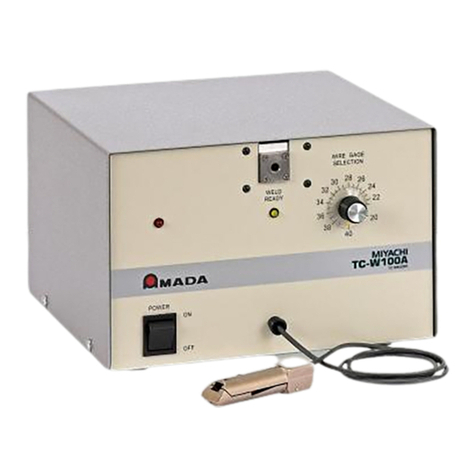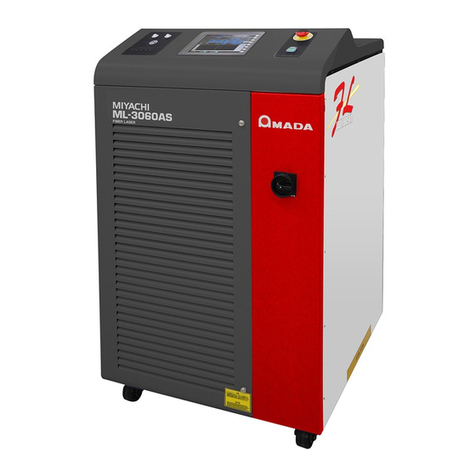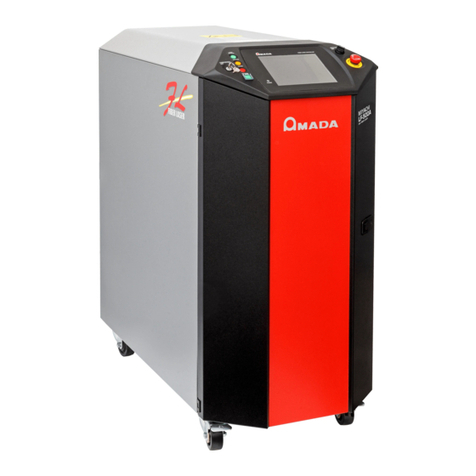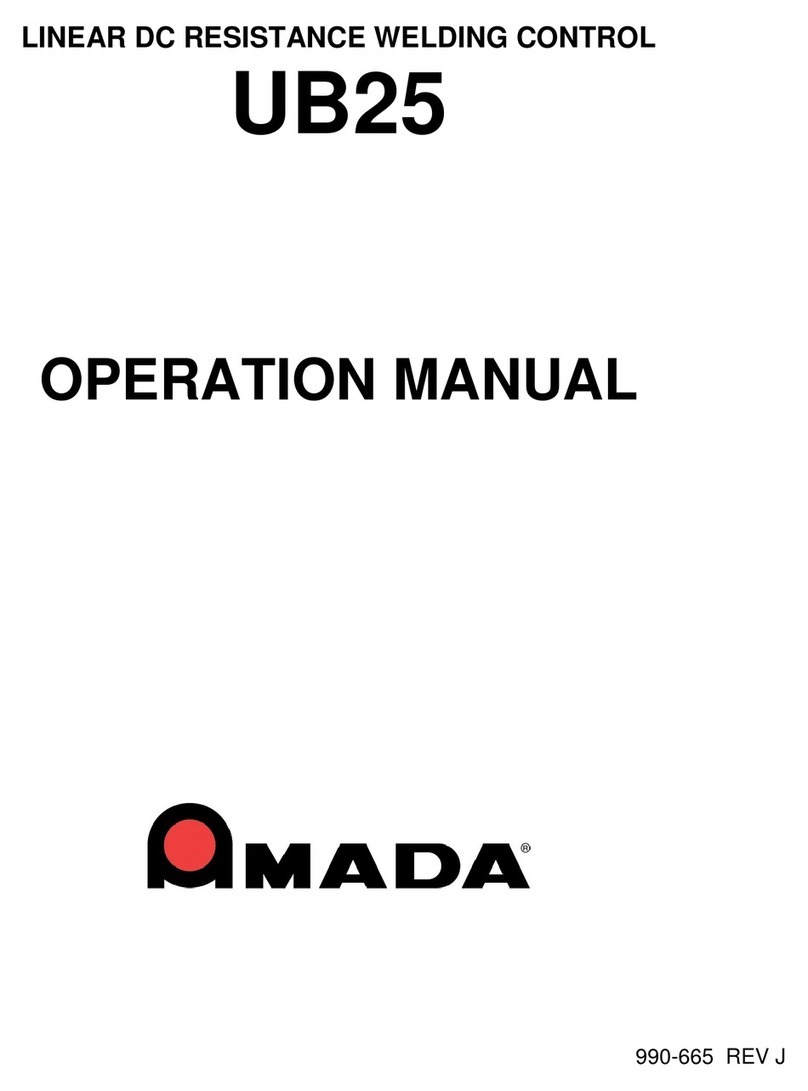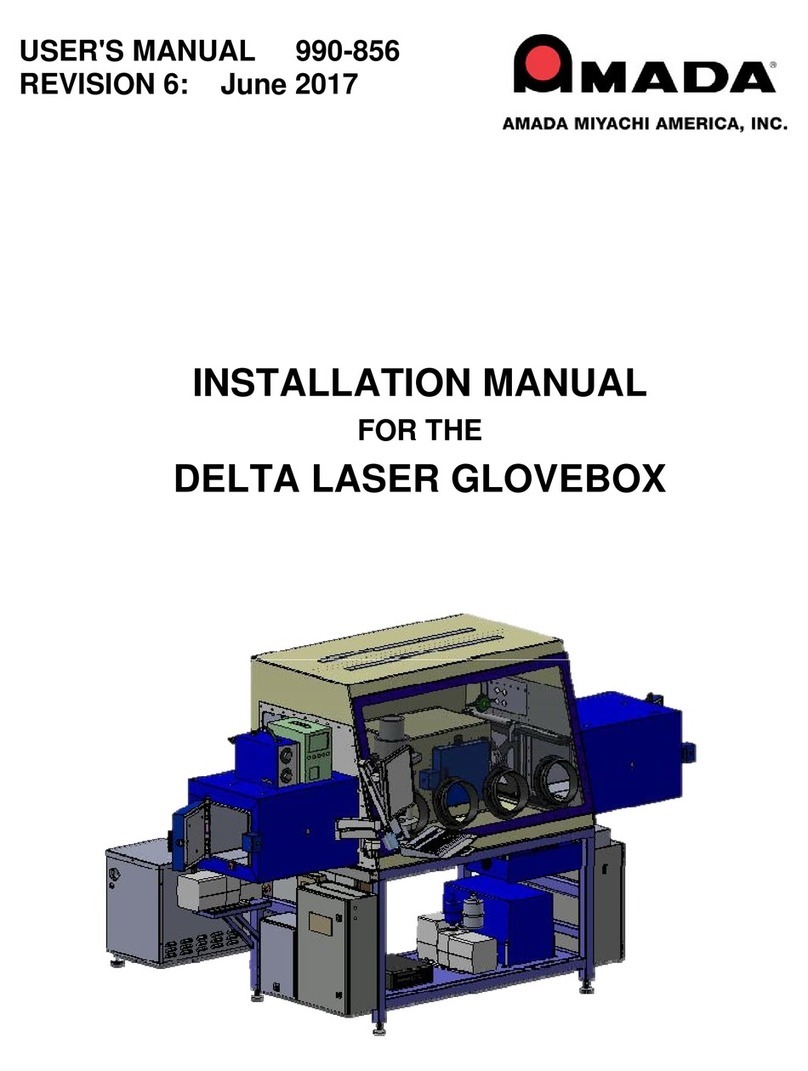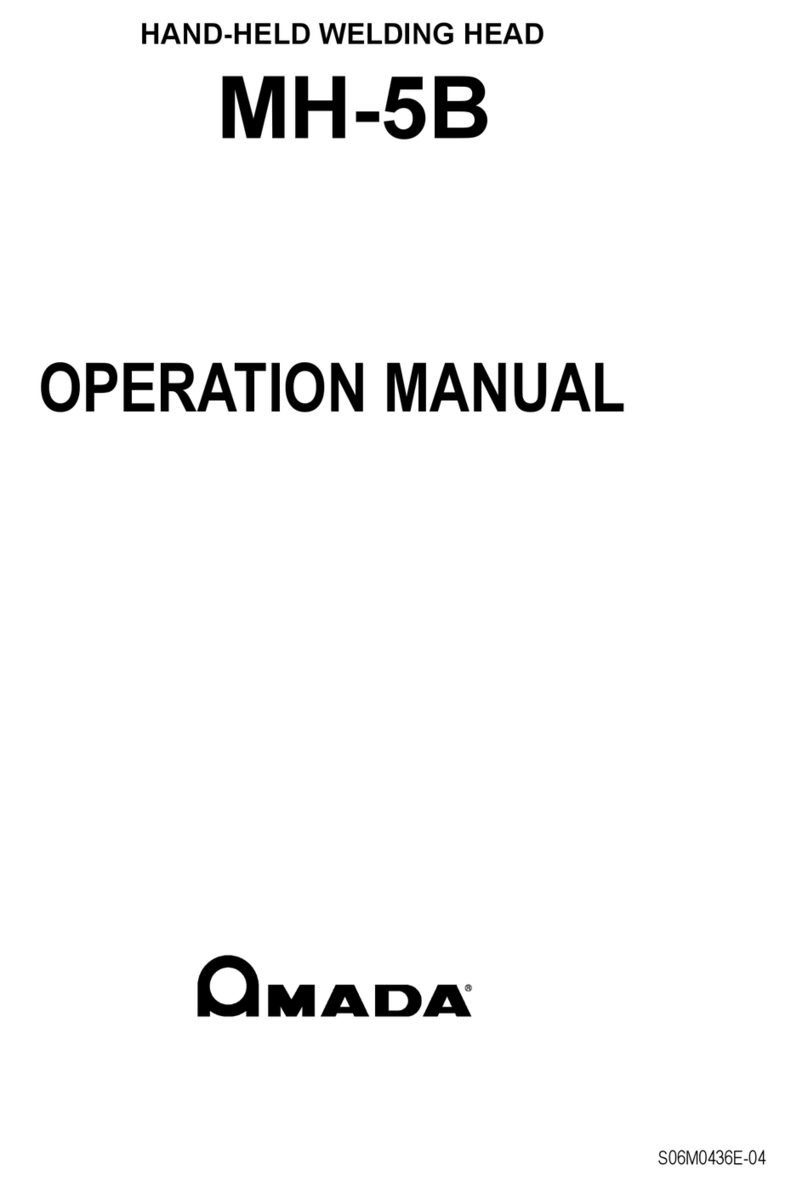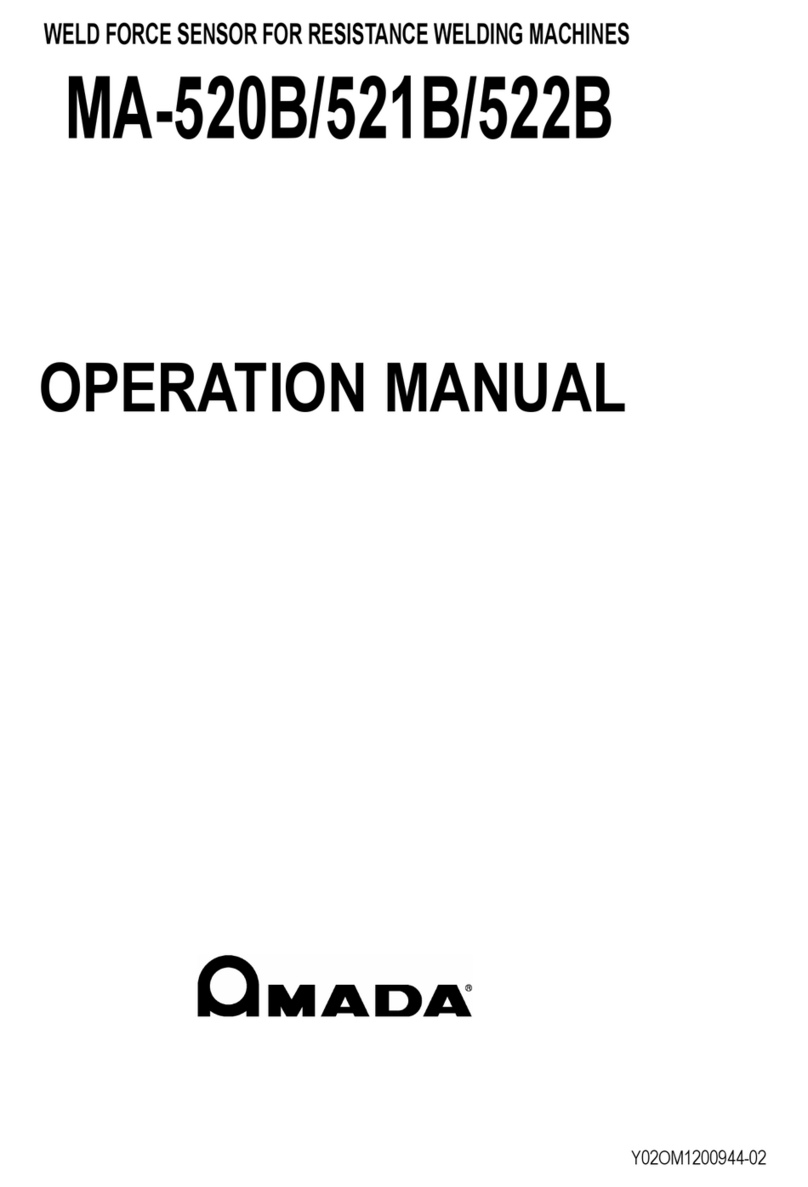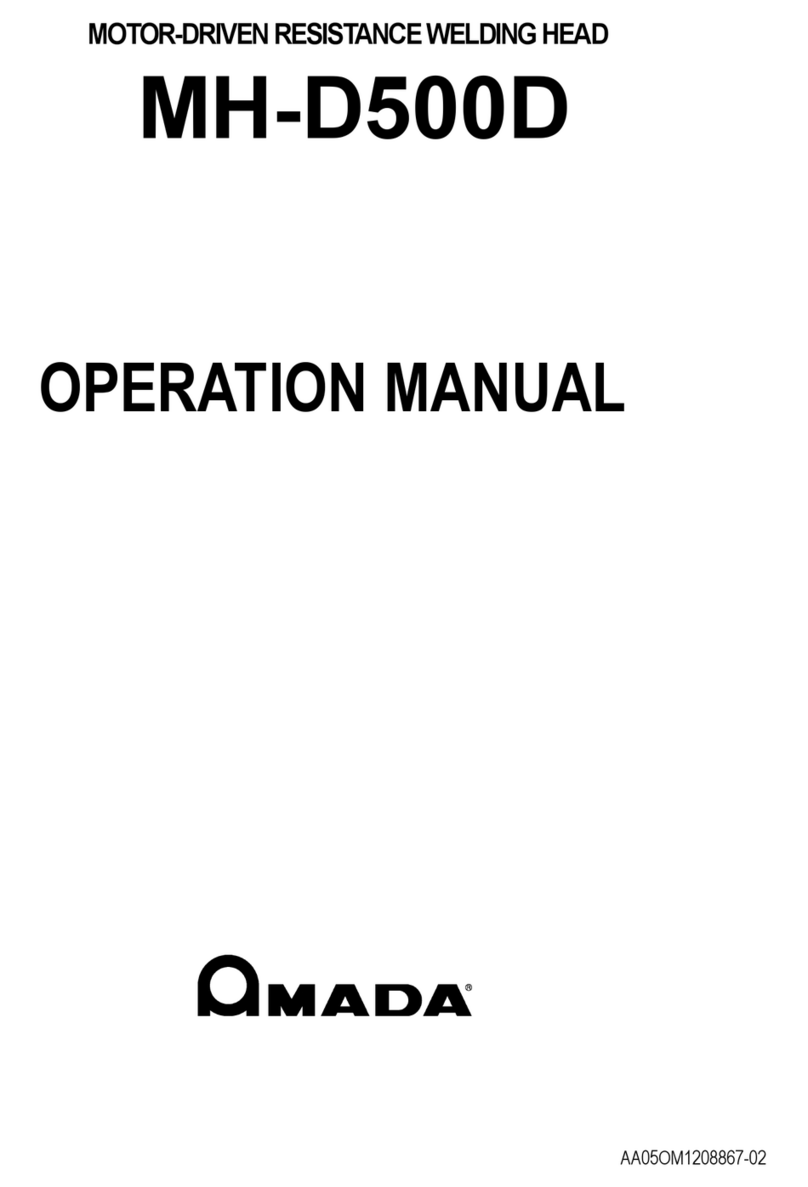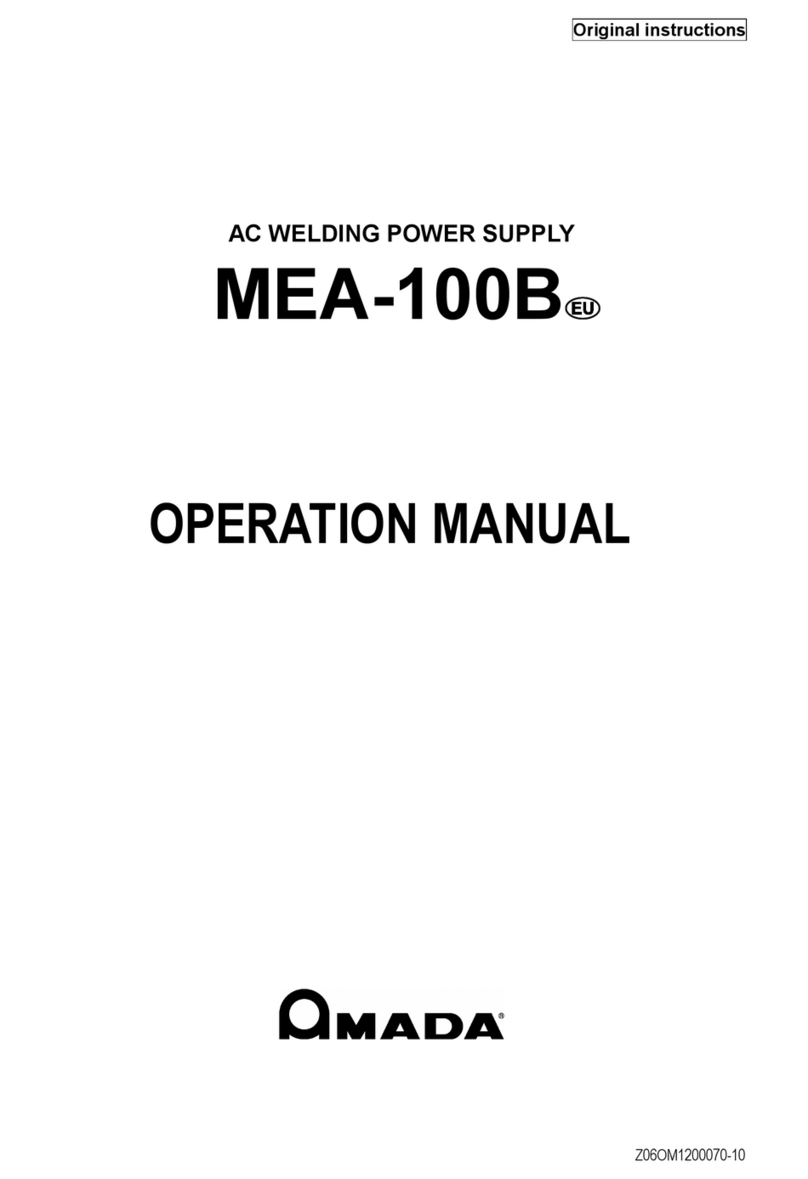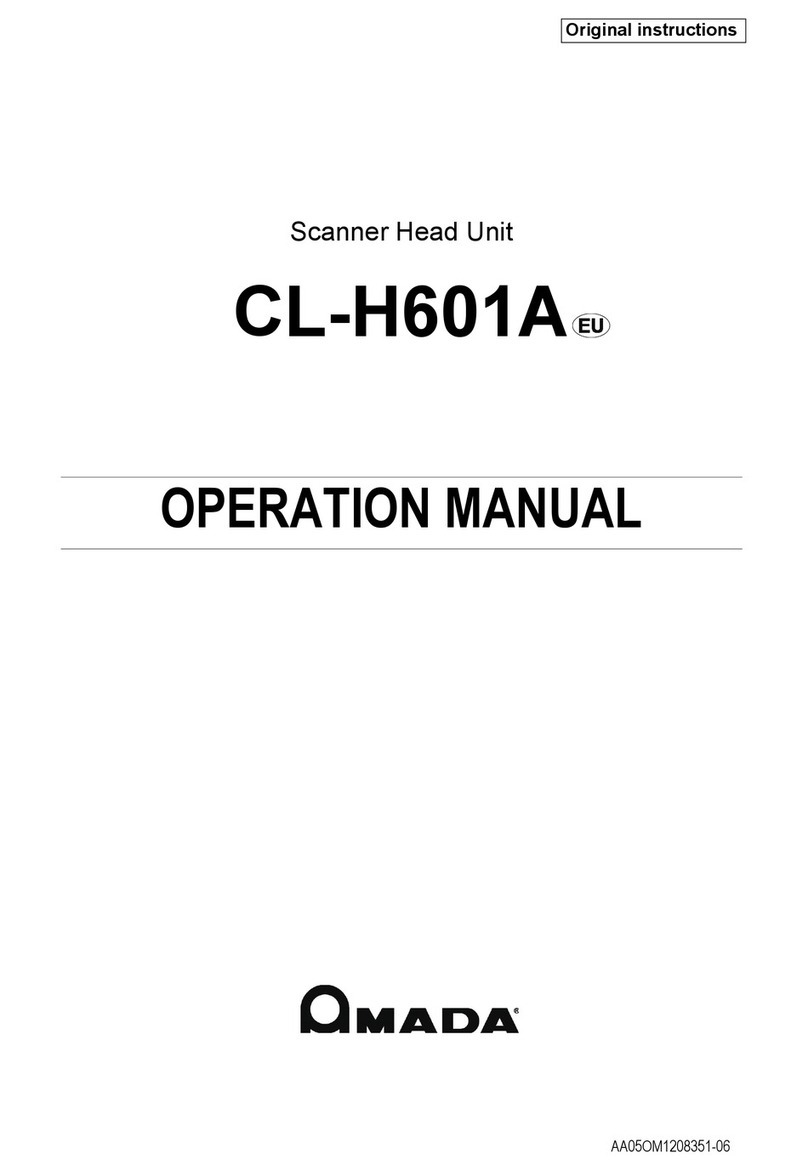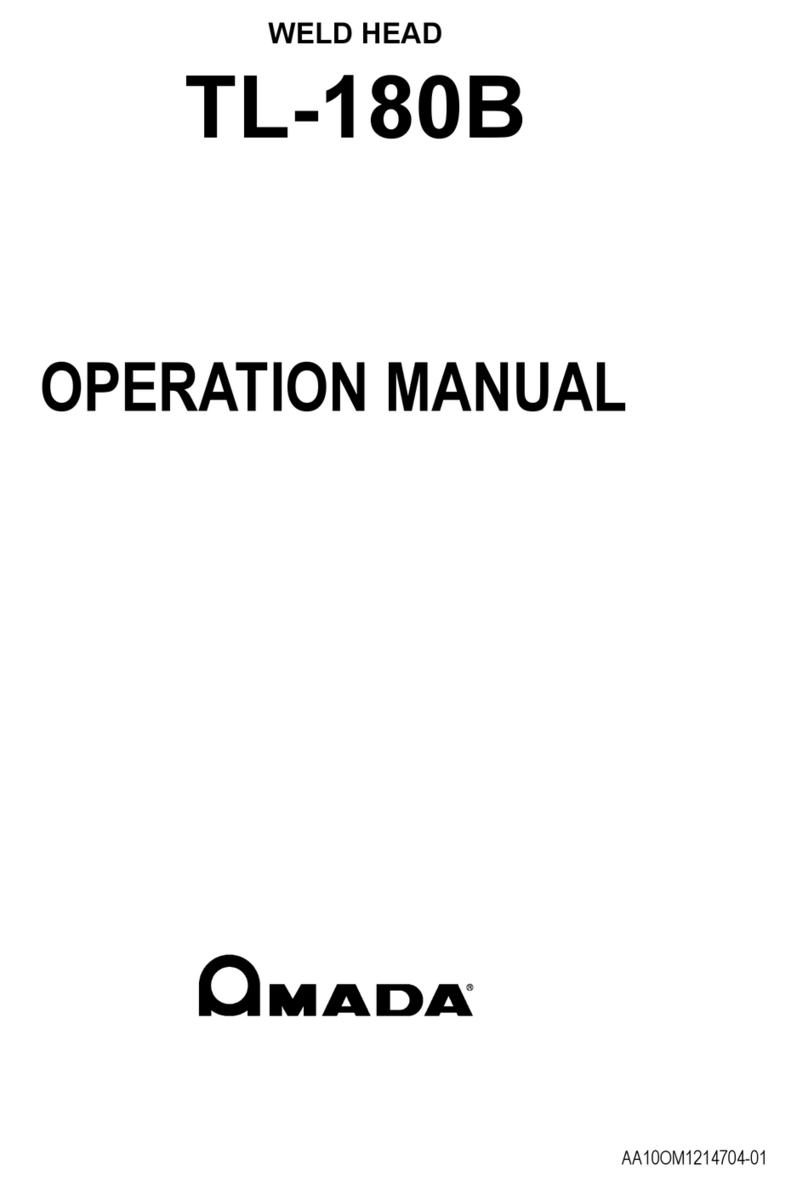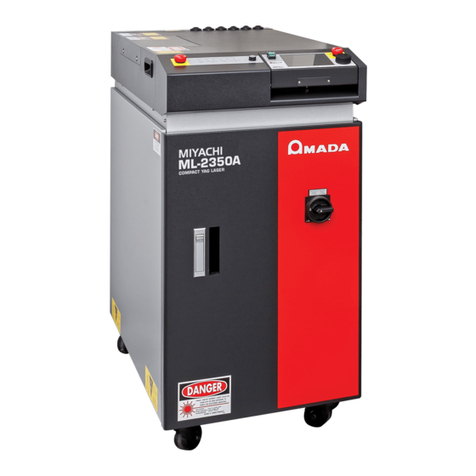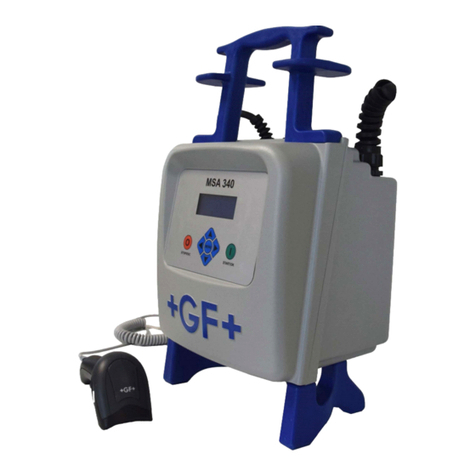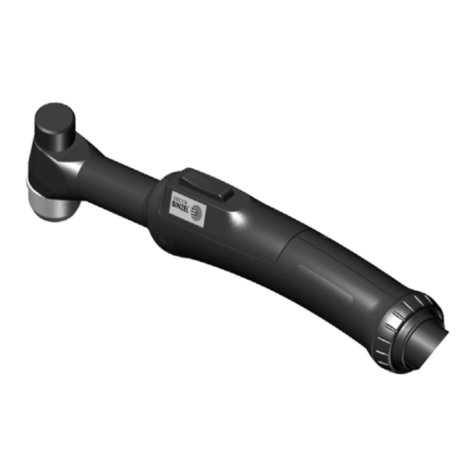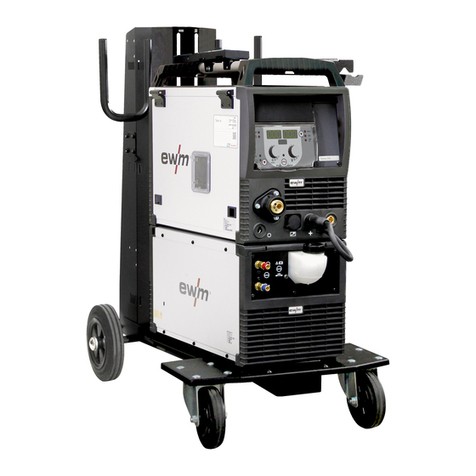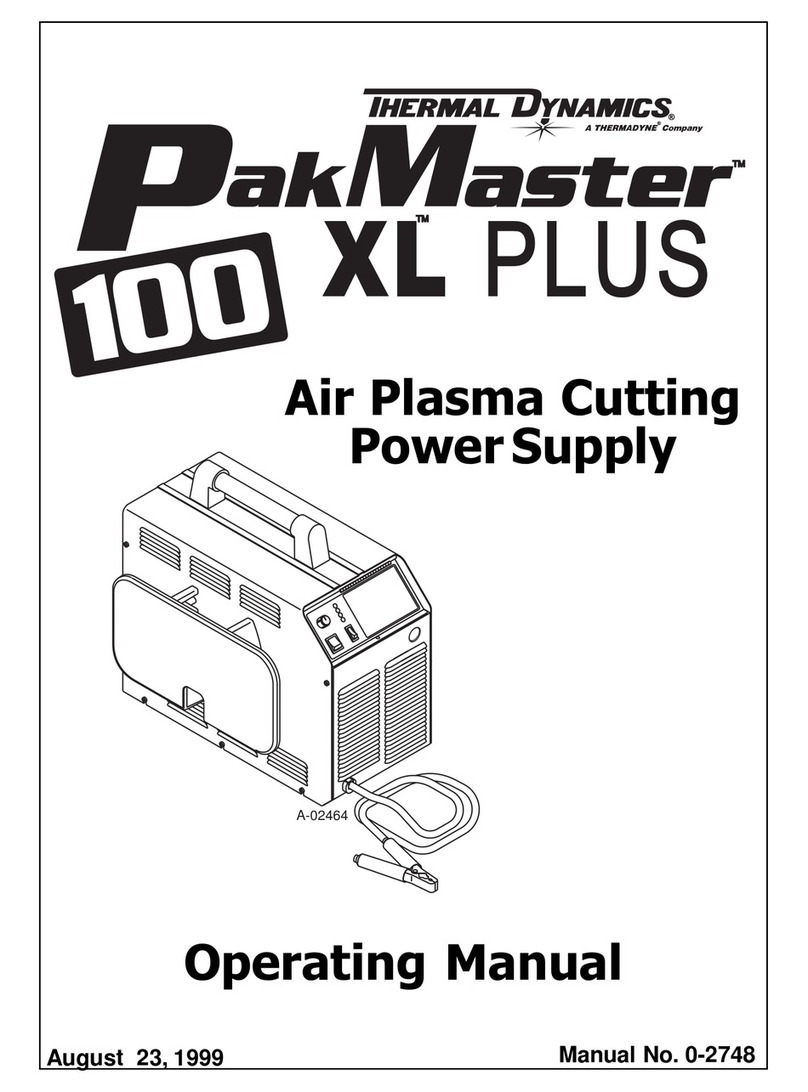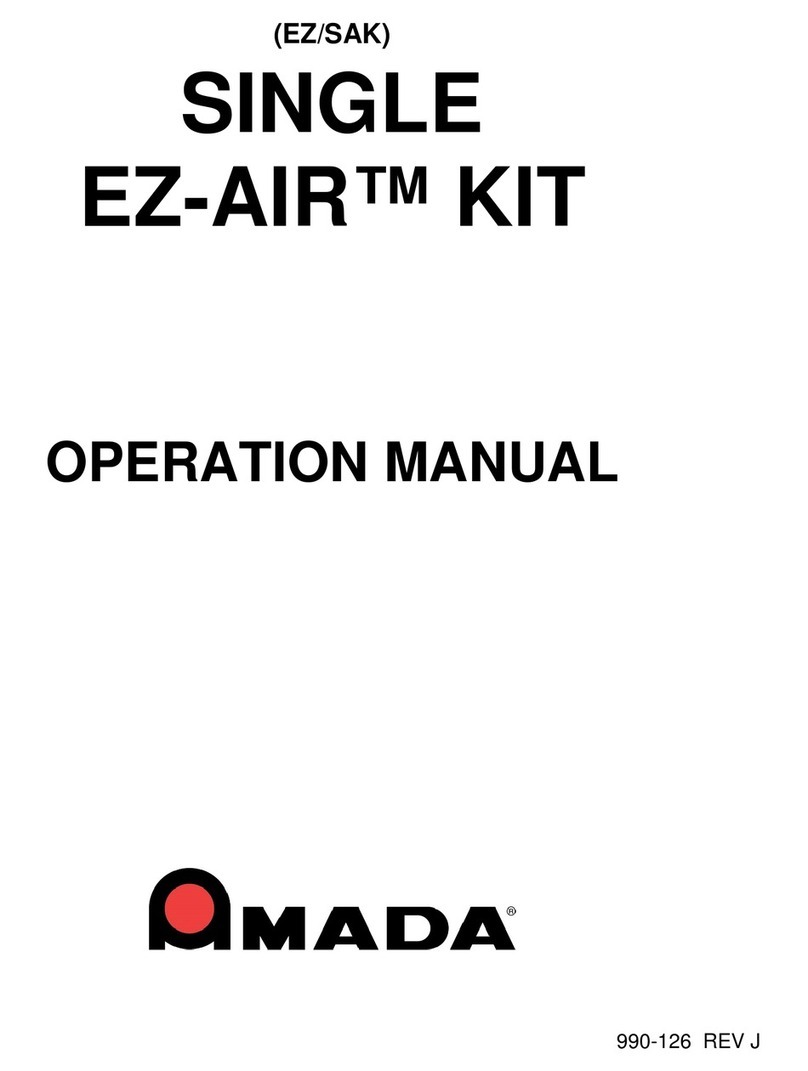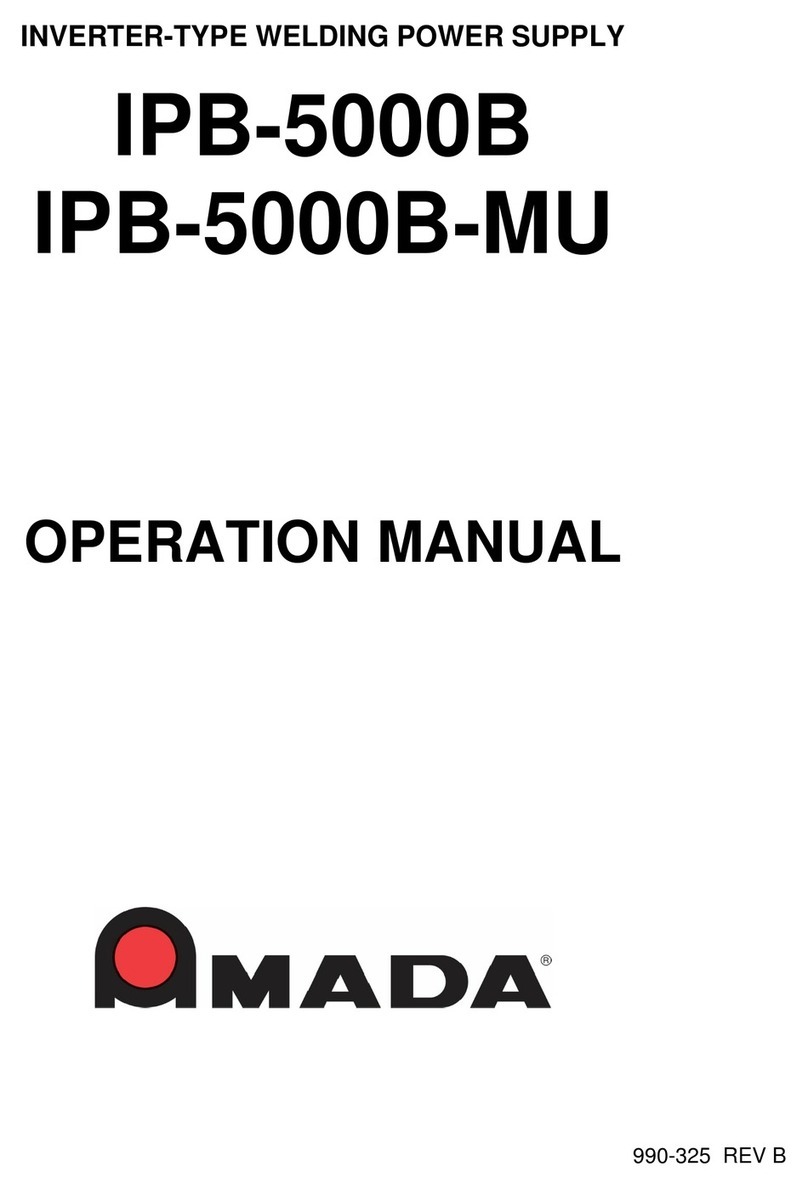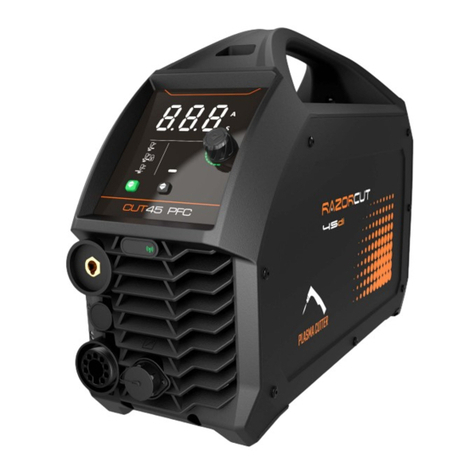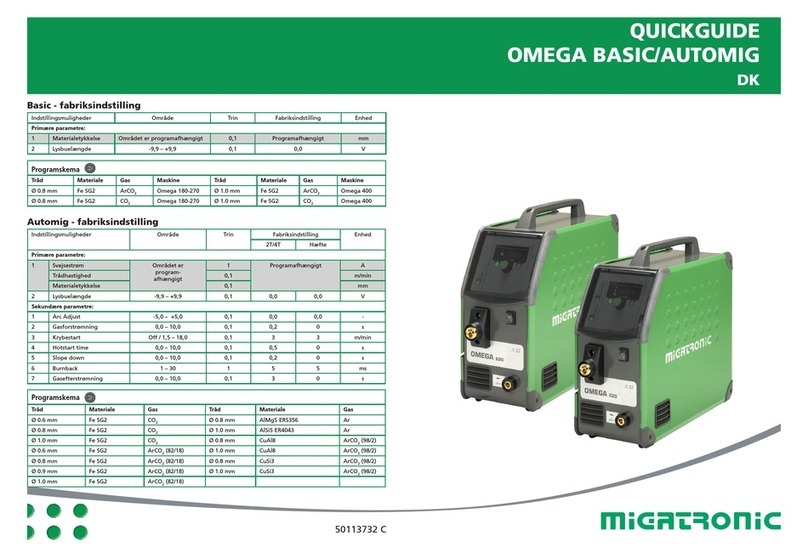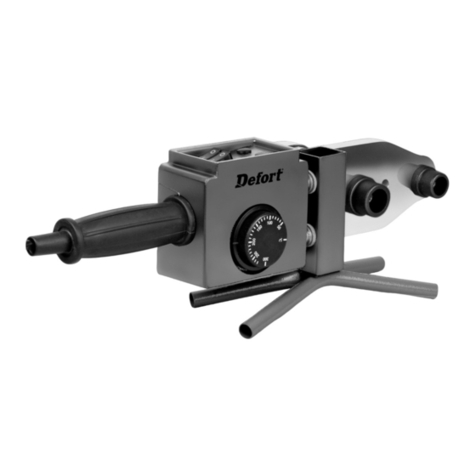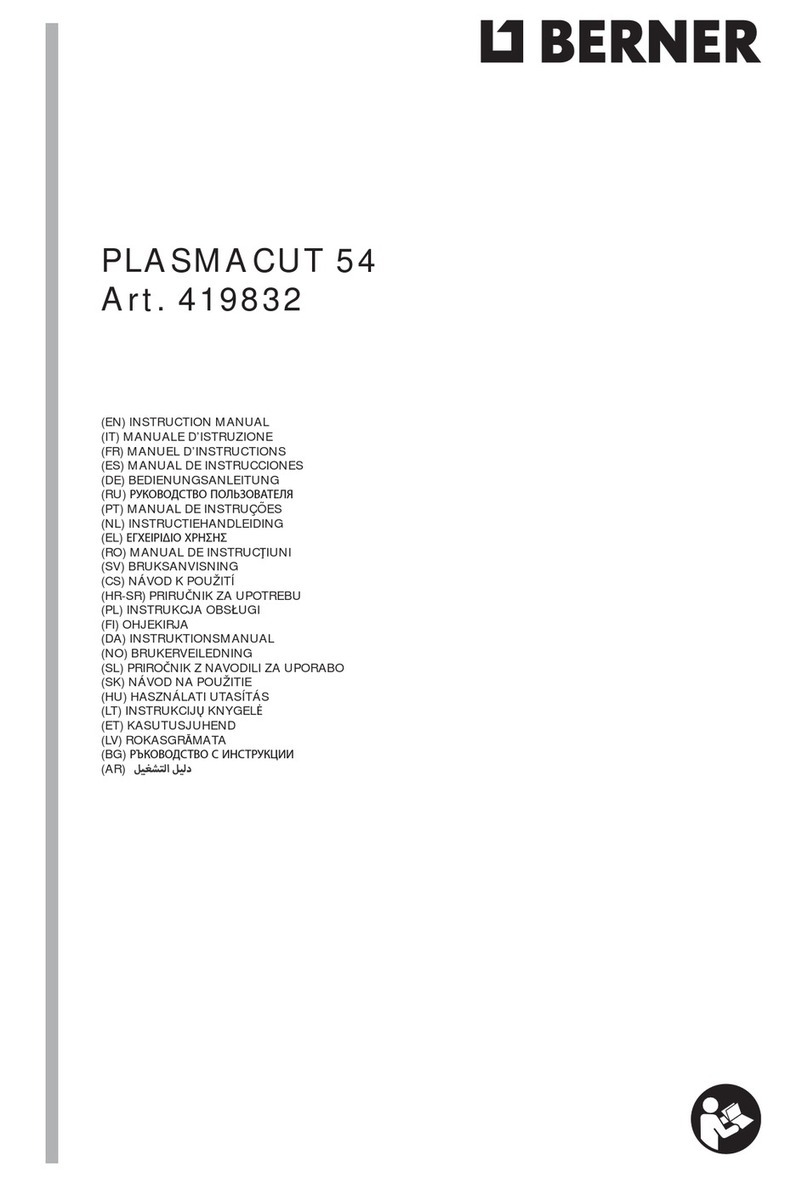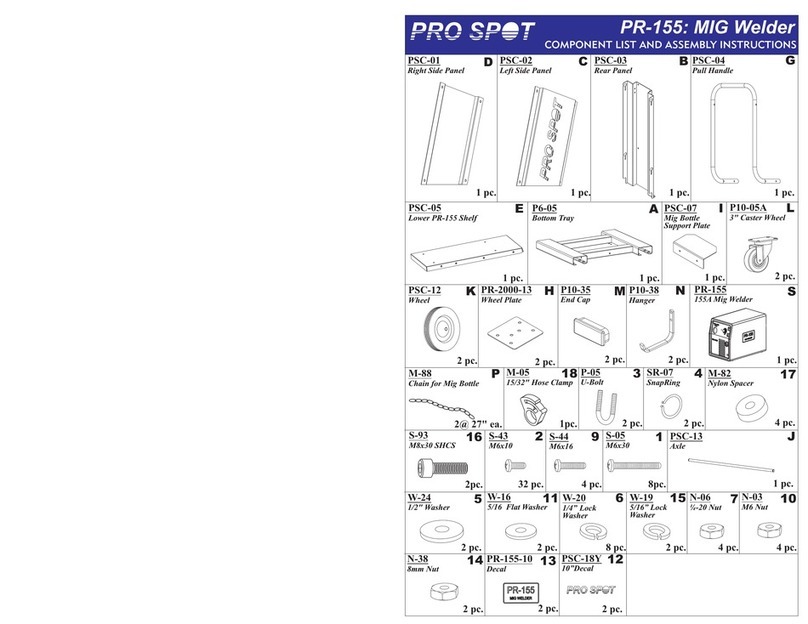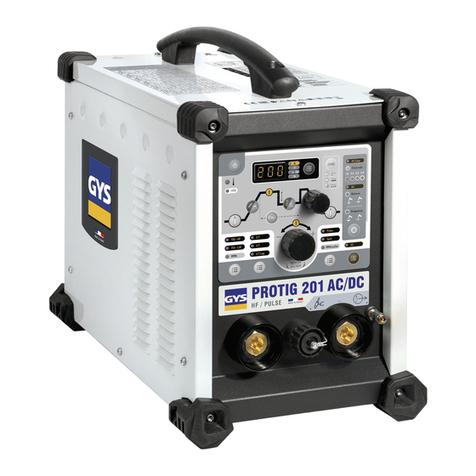
4ML-2650B/2651B
5. Removing the Laser Controller.........................................53
6. Connecting the External Communication Conversion Adapter (Option) .........54
Operating Part 55
Chapter 1 Control Method, and Start and Stop .....................57
1. Control Method.....................................................57
Switching the Control Method.....................................57
2. Start and Stop .....................................................58
How to Start the Laser ..........................................58
How to Stop the Laser ..........................................58
Chapter 2 Various Settings......................................59
1. Setting Welding Schedules. . . . . . . . . . . . . . . . . . . . . . . . . . . . . . . . . . . . . . . . . . . .59
Welding Schedule Setting Screen .................................59
Setting Laser Light Output Schedules (SCHEDULE Screen).............76
Setting the Output Conditions for Seam Welding (SEAM Screen) .........81
Setting the Output Status (STATUS Screen) .........................84
Checking the State of External Input/Output Signals (EXT.I/O MONITOR Screen) .89
Setting the Output Status Check Screen (MONITOR Screen) ............90
Protecting Set Values (PASSWORD Screen) .........................93
Switching theAccuracy of the Measured Laser Energy Value (J) (MEMORY SWITCH Screen) .97
Switching the Pulse Width Setting Range (MEMORY SWITCH Screen) ...100
2. Setting the Laser Light Delivery .......................................103
Laser Light Sharing............................................103
Operating Branch Shutters on the STATUS Screen ...................106
Controlling Branch Shutters Independently .........................107
3. Changing theAcceptance Time for Laser Start Signal/Schedule Signal (MEMORY SWITCH Screen) . 110
4. Setting the Function of the Output Unit with Fiber Sensor (Option) ............113
Chapter 3 Laser Welding by Laser Controller (PANEL CONTROL) ....115
1. Operation Flow ....................................................115
2. Laser Controller Functions ...........................................116
3. Operating Procedure ...............................................117
Chapter 4 Laser Welding by External Input/ Output Signals (EXTERNAL CONTROL) . 125
1. Operation Flow ....................................................125
2. Preparations for Operations ..........................................126
3. Connector Functions ...............................................127
Pin Arrangement and Functions ..................................127
Example Connections of External Input Signals......................135
Example Connection of External Output Signals .....................137
4. Programming .....................................................138
Chapter 5 Laser Welding by External Communication Control (RS-485 CONTROL) . 143
1. Operation Flow ....................................................143
2. Preparations for Operations ..........................................144
3. Initial Settings .....................................................145
Setting Communication Schedules................................145
Setting Equipment No. .........................................147
